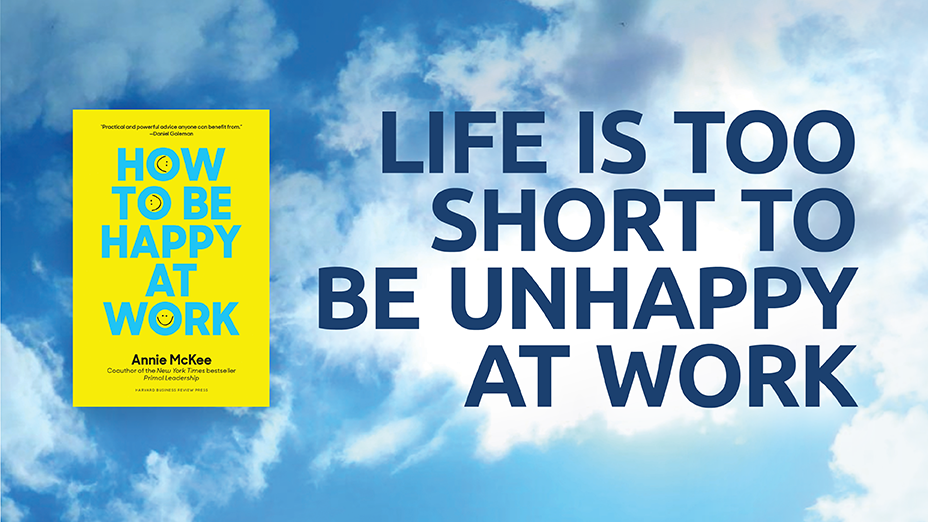Today, there are three, sometimes four, generations working side by side in any given workplace. And no matter how you cut it, there are bound to be instances where the age gap impacts productivity.
The key is to find ways to make the gap work in your organization's favor, instead of allowing generational misunderstandings drag at productivity and sales.
At the new CPSA (Canadian Professional Sales Association) we've developed tools, certifications, webinars and other resources to help you accelerate individual and organizational success, including managing the generation gap.
There are three main generations in today's workplace: Baby Boomers (born between 1946-1964); Generation X (1965-1979); and Millennials, also called Heneration Y or Echo Boomers, (born in the 1980s and 1990s). Veterans (1930-1945) can also be found in some organizations, usually in consulting roles, and Generation Z (born in the 21st century) will soon be entering. With such an eclectic demographic mix, there are sure to be potential conflicts and misconceptions.
As states, the key for every organization is to blend together the workers of all ages - mining the strengths of each and mitigating everyone's weaknesses as best as possible - to heighten productivity and grow sales.
There's a dearth of information about the generational divide, even how Millennials are taking over and changing the workplace in their image: technology friven, known for speaking their minds and thinking outside the box. There may be some truth in that, but there are myths as well, as proven by some interesting recent research by Robert Half Management Resouces, a U.S. - based provider of senior-level finance, accounting and business systems.
In How Do Generations Of Workers Differ?, Robert Half found each age demographic exhibits its own styles and approaches, but also have things in common. Indeed, when executives were asked to rank the differences the top four were: communication skills (30 per cent); adapting to change (26 per cent); and cross-departmental collaboration (14 per cent).
At the CPSA, we believe in finding the generational commonalities and flattening out the differences. For example, our enhanced professional credentials, the Certified Sales Associate (CSA), Certified Sales Professional (CSP) and Certified Sales Leader (CSL) all help in this regard.
Each requires hard work to attain, but by creating consistent skillsets and bases of knowledge, they help bridge the gap by equalizing everyone in sales whether they have 37 years of experience or 24 months of experience. At the levels of CSA, CSP and CSL, each requires ongoing professional development to maintain the certification, which also helps bridge the gap by continually strengthening commonalities and flattening out differences.
Of course, our designations are only part of the solution. The CPSA strives to fortify businesses' productivity by identifying and evaluating weaknesses, providing valuable solutions and savvy ideas for today's competitive marketplaces. Our customized resources empower organizations to strengthen and develop competencies to improve the overall output of the business.
In terms of the generation gap, our CPSA team has compiled a list of meaningful tactics and approaches to bridge the generational gap in every organization:
Outlaw Generation Bashing
Millennials are sick of hearing about their "everyone gets a trophy" upbringing and stereotypes about not working hard enough or being difficult to manage. Boomers don't like being labelled technological Neanderthals and out of date with how things should be done. GenXers often feel thwarted by older folks above them clogging up promotion paths and under pressure as Millennials begin to crowd the workplace and earn promotions. Such frustrations can surface in numerous ways. When any negative expressions occur between generations, open an honest dialogue quickly. The fact is, most office relationship issues are interpersonal, not generational. As a leader, you don't really want to deal with employee arguments. But, when necessary, you need to understand both employees' mindsets and why they feel a need to stand their ground. This is where frame of reference comes into play. Being able to understand where someone is coming from can get you a long way, and it doesn't have to be hard if you allow yourself to see things from their perspective.
Create An Open Communication Culture (and mean it!)
Napoleon was spot on when he said "the key to victory lies in the communications" and it applies more than ever to today's workplaces. First, find out how staff members like to communicate. You might be surprised to find research indivating all generations prefer communicating face-to-face for important issues, then phone, email and text is last. Somewhat surprising, Millennials say they despise work-related texts. Second, since open communication between different generations isn't always easy to cultivate, sometimes it takes a little push from management to get things on the right track. Try holding roundtable discussions that include all generations of employee at times like kicking off projects such as finding new prospective clients or developing and updating the organization's sales training courses and protocols. Institute reverse mentorships, where less-seasoned staff advise and share their insights with veteran colleagues. Invite team members from all generations to share their unique areas of expertise. Don't overthink it, but mix generations as often as possible. Offsite meetings can be good for different ages to get to know and understand each other.
Beware of the KIA and Promote New Ideas, Open-Mindedness
The KIA (the dreaded "Know It All") can blow up generation bridges quickly, regardless if the KIA is young or old. No organization benefits from self-righteous lectures about how things were done back in the day or smug sermons laced with techno-jargon about how things should be done today. Seasoned workers must be open to learning from younger people, just as the juniors should tap into the experience of the seniors and not mock them for living in yeteryear. Where possible, encourage mentoring and coaching, but in today's style" two-way exchange of information where the older worker shares experiences and the younger reveals things like technological tips and generational terminology. In other words, bring the generations together in forums of open-mindedness and collaboration.
Avoid "One-Size Fits All" Management
Create a culture where each staff member's individual personality, skills, and needs are taken into account. Much, if not all of this will have to do with understanding your employees and what makes them tick. As long as you aren't approaching everyone in the same manner, you'll be on your way to a well-devised management plan to bridge the gap. This is why it's so important for people in leadership positions to know exactly what sets the generations apart. There is a wealth of information available online that covers why and how each generation is unique, and it can be beneficial for management to get caught up. The more well-versed your leadership staff is, the easier it will be to properly manage the generation gap in the workplace.
Managing the generation gap is all about empowering employees and showing them respect. Done effectively, your organization will benefit with increased sales.



.jpg)

.png)



What Did You Think?